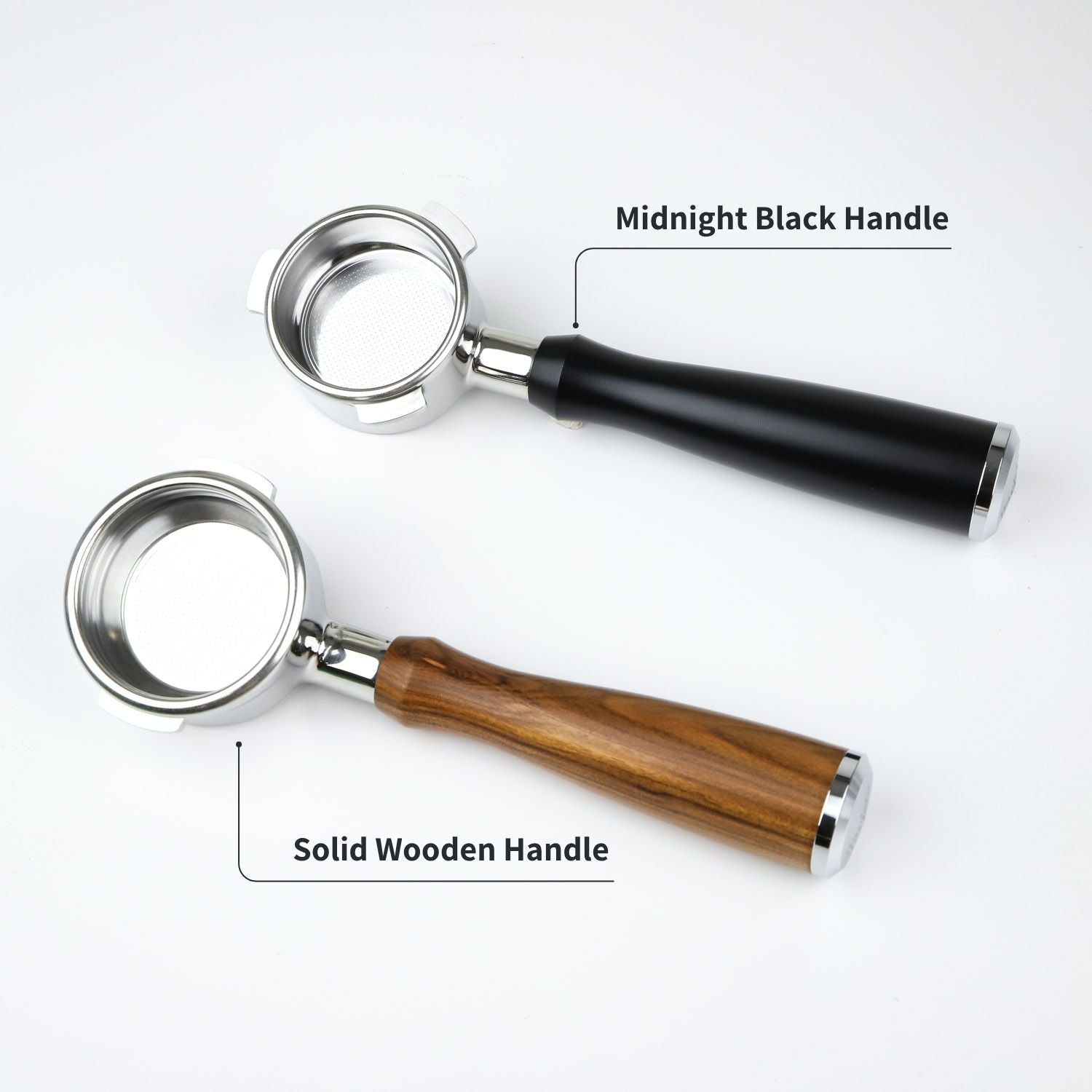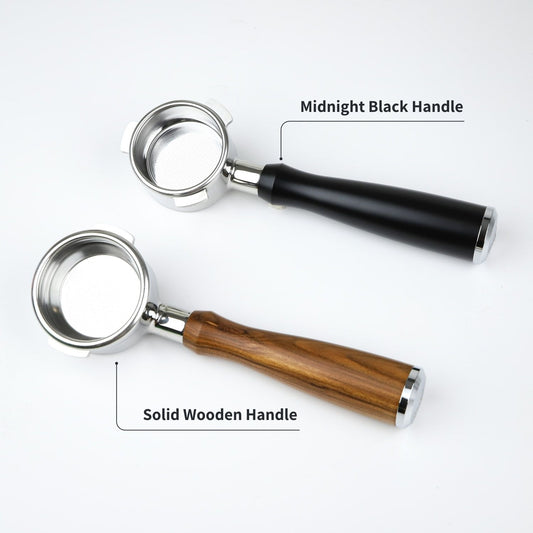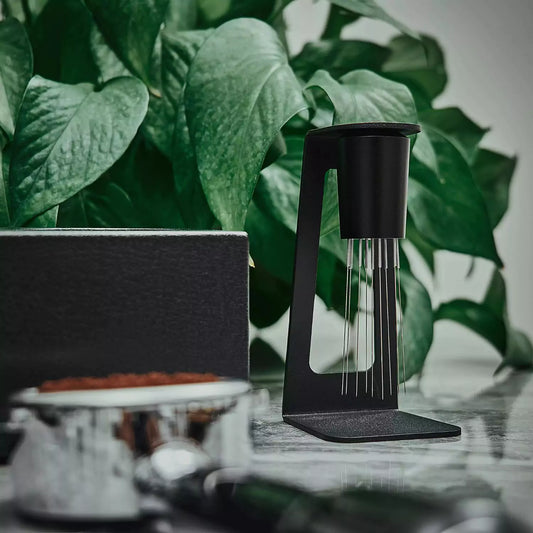
Ceremonial vs. Culinary Matcha: Which One’s Right for You?
Ceremonial vs. Culinary Matcha: Why Quality Matters
If you've ever typed "matcha" into Google or strolled past a health café, you've probably seen the words "ceremonial grade" and "culinary grade" pop up. But what do these terms actually mean? Is one better than the other? And do you really need to spend more for good matcha?
We’re here to spill the matcha. The real stuff, not the overpriced green milkshakes. Let’s dive into the world of ceremonial vs. culinary matcha, what makes them different, and why it matters. Especially for your taste buds.
What’s the difference between ceremonial and culinary matcha?
Ceremonial grade matcha is the finest of the fine. It’s made from the youngest, most tender leaves at the top of the tea plant. These leaves are shade-grown, hand-picked, and stone-ground to a fine, vibrant powder. The flavour is smooth, sweet, and full of natural umami. Perfect for drinking straight with hot water.
Culinary grade matcha is made from more mature leaves lower down the plant. It’s still packed with antioxidants and nutrients, but has a bolder, more astringent taste. It’s designed to hold its flavour when mixed into other things like baked goods.
Does ceremonial matcha taste better?
In a word, yes. Ceremonial matcha has a mellow, creamy mouthfeel and a bright, grassy aroma. If you’re preparing it with just water, this is the one you want. It’s an experience.
Culinary matcha is stronger and more earthy. It’s a bit more bitter, which makes it great for recipes. But it’s not as enjoyable on its own.
Is ceremonial matcha worth the price?
It definitely costs more, and for good reason. The process is slower, more selective, and requires greater care. If you want the best-tasting matcha, it’s worth the investment.
Think of it like wine. You can cook with a fancy bottle, but would you? Ceremonial matcha is best saved for sipping. If you’re just blending it into milk every morning, culinary might be the more sensible option.
Can I use ceremonial matcha in cooking?
Technically yes. But it’s not the best use of it.
Ceremonial matcha is delicate. Once you add milk, sugar, or heat, most of the subtle flavours disappear. You won’t get the same return for what you paid.
Save it for those quiet, focused matcha sessions. For everything else, grab a good culinary grade.
What about colour? Does that matter?
Yes, absolutely.
High-quality matcha should be a vibrant green. Ceremonial grade is often neon bright. That colour tells you it was made from fresh, shade-grown leaves processed correctly.
Culinary matcha can still be green but sometimes leans more olive. If your matcha looks yellow or brown, it’s likely poor quality or old. Time to toss it.
So, which one should I buy?
That depends on how you want to use it:
-
Drinking straight with water? Go ceremonial.
-
Mixing into a latte or smoothie? Culinary is perfect.
-
Want a traditional matcha moment? Ceremonial.
- Looking for something affordable for daily use? Culinary.
Barista Brew’s pick? Use both.
We love matcha in every form. Straight up, mixed into a latte, or even baked into matcha cookies. That’s why we offer both ceremonial and culinary options to suit every kind of matcha moment.
If you're new to it, start with our 3-Piece Starter Set. Want everything you need? Try the 7-Piece Matcha Complete Set.
For the smoothest sipping experience, go for our Ceremonial Grade Matcha.





